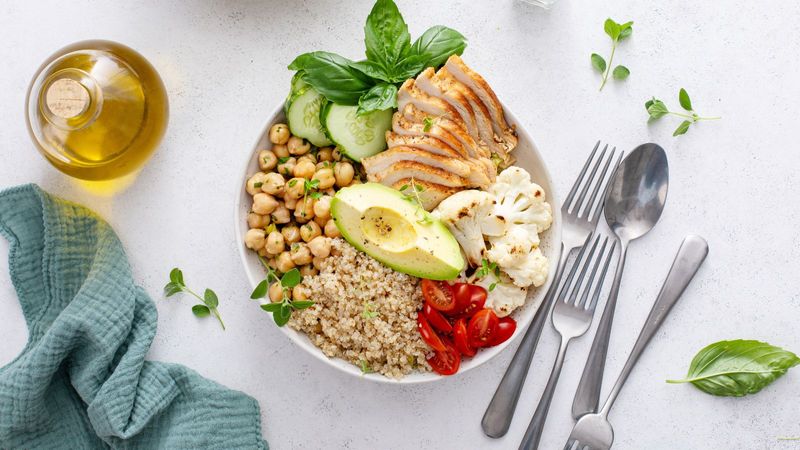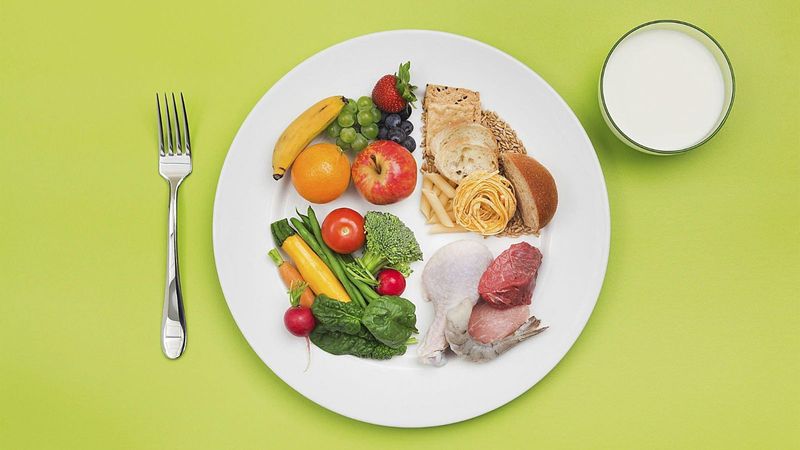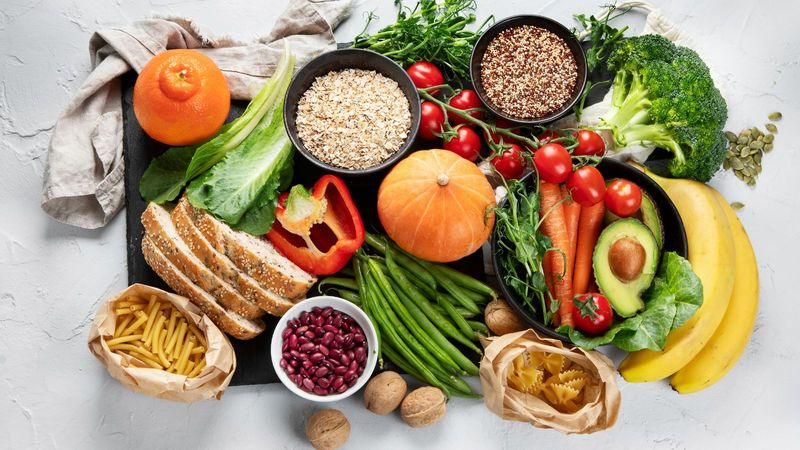When it comes to eating right, there’s no one-size-fits-all type of diet plan. There are many reasons people start diets -to lose weight, to get healthy, or sometimes for some ethical reasons.
At a fundamental level, dieting is essentially the restriction and control of food consumption for many reasons, whether it be to lose weight, gain a competitive edge for performance or to uphold ethical beliefs. Fasting has been practised since antiquity, both for bodily and spiritual things. Today, people diet not just to look a certain way, but also to feel better, live healthier, and align with their values. So, let’s dive into 10 different types of diets, each with its own set of rules and benefits to explore which ones fits best for you
The Mediterranean diet

The Mediterranean Diet would be the example of the culinary art applied to a type of diet plan. It’s rich in vegetables like tomatoes, kale, and cucumbers; fruits such as grapes, apples, and oranges; whole grains like quinoa and brown rice; and heart-healthy fats found in olive oil and avocados. This type of diet in nutrition has high omega-3s, because seafood is consumed twice weekly. Chicken, eggs, cheese and yoghurt - in moderation, while sweets and red meats are reserved for special occasions. This kind of diet plan is all about fresh, flavorful ingredients, and that is what makes the Mediterranean diet this popular.
The vegan diet

Veganism isn't just a kind of diet, it's a lifestyle based on the avoidance of doing harm to animals. On the plate this kind of diet plan means beans of all types, lentils, nuts, seeds, whole grains, fruits & vegetables. There are substitutes for cheese like nutritional yeast and cream like plant-based milk. It substitutes meat for tofu; tempeh; and seitan. The balanced diet type does necessitate some forethought to ensure adequate nutrients — such as vitamin B12, iron, and omega-3 — but can be rich in fibre, vitamins, and minerals as well.
The paleo diet

The theory behind this type of diet plan is that it's the way our palaeolithic ancestors ate and it is therefore the healthiest way for us to eat because of the natural, whole foods, mainly things our ancient ancestors could have hunted or gathered. This different type of diet consists of lean meats-such as grass-fed beef, or wild game; fish-such as salmon, mackerel or tuna, which are rich in omega-3 fatty acids; fresh fruits and vegetables-containing fibre and antioxidants; nuts and seeds; olive oil and/or walnut oil. The type of diet in nutrition says no to grains, legumes,dairy, any refined sugar, salt or highly processed foods. The balanced diet type emphasises quality over quantity like eating whole, nutrient dense foods to fuel the body).
The ketogenic diet

A ketogenic diet (or keto diet for short) is a low-carb, high-fat diet that offers many health benefits by putting your body into ketosis, a metabolic state in which your body starts to burn its storage of fat-saving energy and calories. This type of diet plan emphasises good fats like avocados, coconut oil, grass-fed butter, nuts and seeds, moderate amounts of protein like organic meat, wild fish and low-carb veggies like leafy greens. The type of diet in nutrition limits carb intake to levels that are so low that it sends the body into ketosis and can lead to rapid weight loss, however it very much depends on strict adherence to carb intake.
The Atkins diet

Another different type of diet is the Atkins diet. It is structured in four phases: induction (very low carb), balancing (slowly adding more carbs), fine-tuning (adjusting carb intake as you near your goal weight), and maintenance (a sustainable way of eating for life). This type of diet starts by limiting carbs to 20 grams per day and gradually reintroduces them in the form of nutrient-rich foods like vegetables and berries. The goal of this kind of diet is to find the ideal carb balance for maintaining your weight.
The zone diet

The Zone diet isn’t just about shedding pounds; this balanced diet type is about achieving hormonal balance by consuming nutrients in a fixed ratio at every meal. The fixed ratio of this type of diet is 40% carbs from fruits and vegetables rich in polyphenols (antioxidants), 30% protein from lean sources like chicken or tofu to maintain muscle mass, and 30% fat from monounsaturated sources like olive oil or almonds for heart health.
The DASH diet

This type of diet is designed to combat high blood pressure without medication through dietary changes alone. This type of diet in nutrition emphasises on portion size and includes a variety of foods rich in nutrients that help lower blood pressure like potassium, calcium, protein and fibre-rich foods that are known to reduce the risk of cardiovascular disease.
The flexitarian diet

This kind of diet plan gives you the flexibility to enjoy meat occasionally while primarily eating vegetarian meals. The balanced diet type is about adding five food groups to your diet: ‘new meat’ (non-meat proteins like beans), fruits and veggies (the more colourful the better), whole grains (for filling fibre), dairy (for calcium), and sugar and spice (everything nice but in moderation).
Disclaimer: Before incorporating any aforementioned food suggestions into your diet, consult with your family physician or a diet specialist. Individual reactions to different foods can vary significantly, and what may be beneficial for one person could potentially cause adverse effects in another. The information provided above is a compilation of general benefits associated with consumption of particular food and may not apply universally to every body type. Always prioritise personalised medical advice to ensure your specific health needs and dietary restrictions.


_1719671078847_thumb_1200.jpeg?w=3840&q=75)

